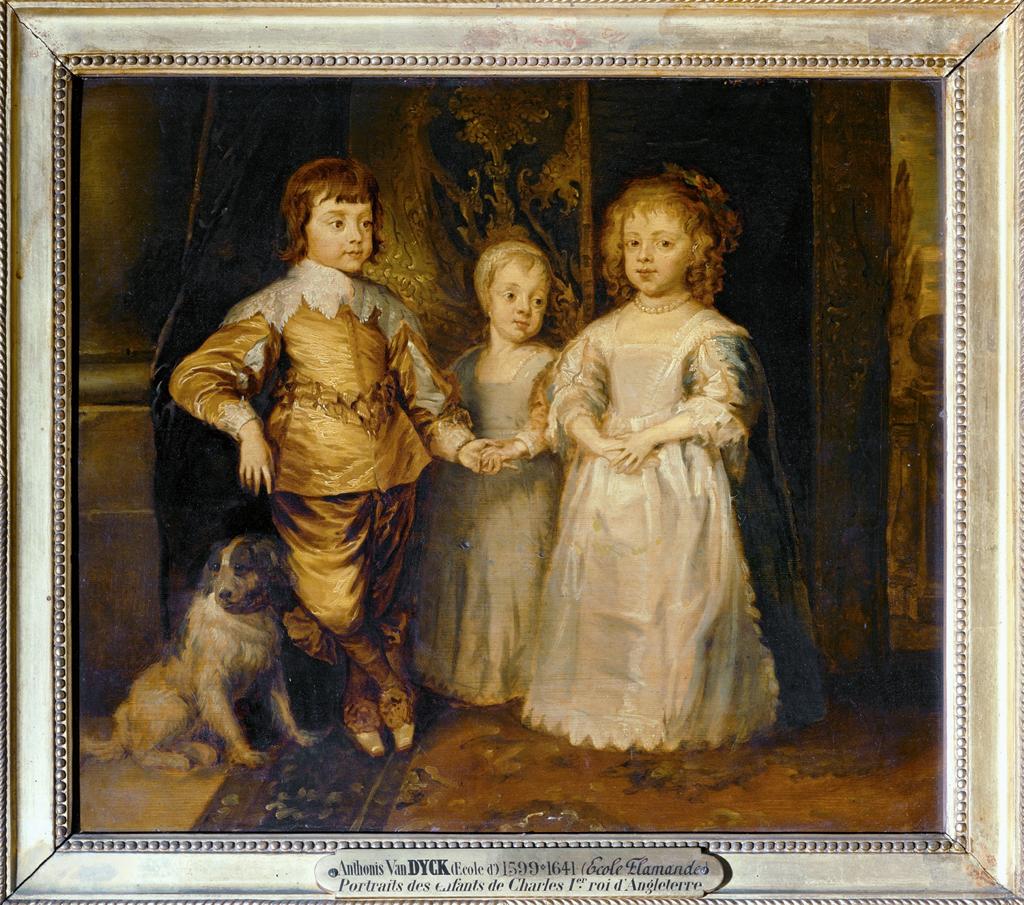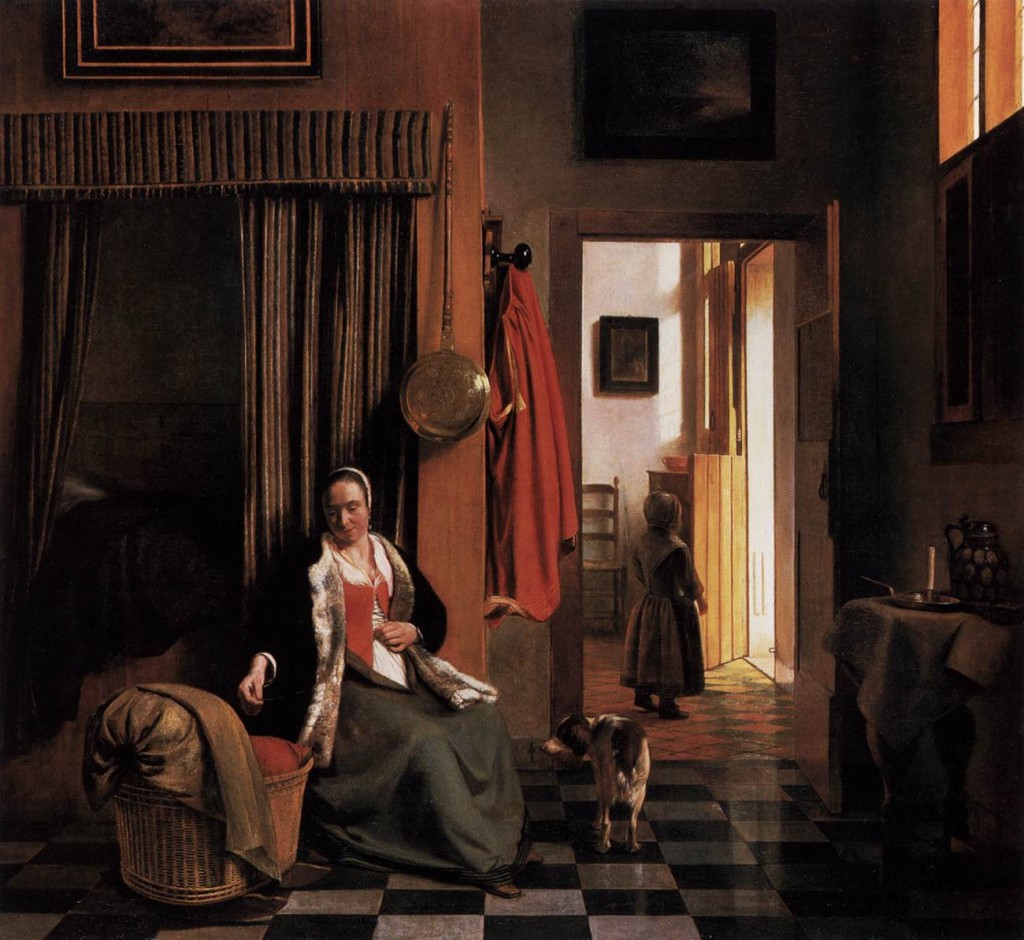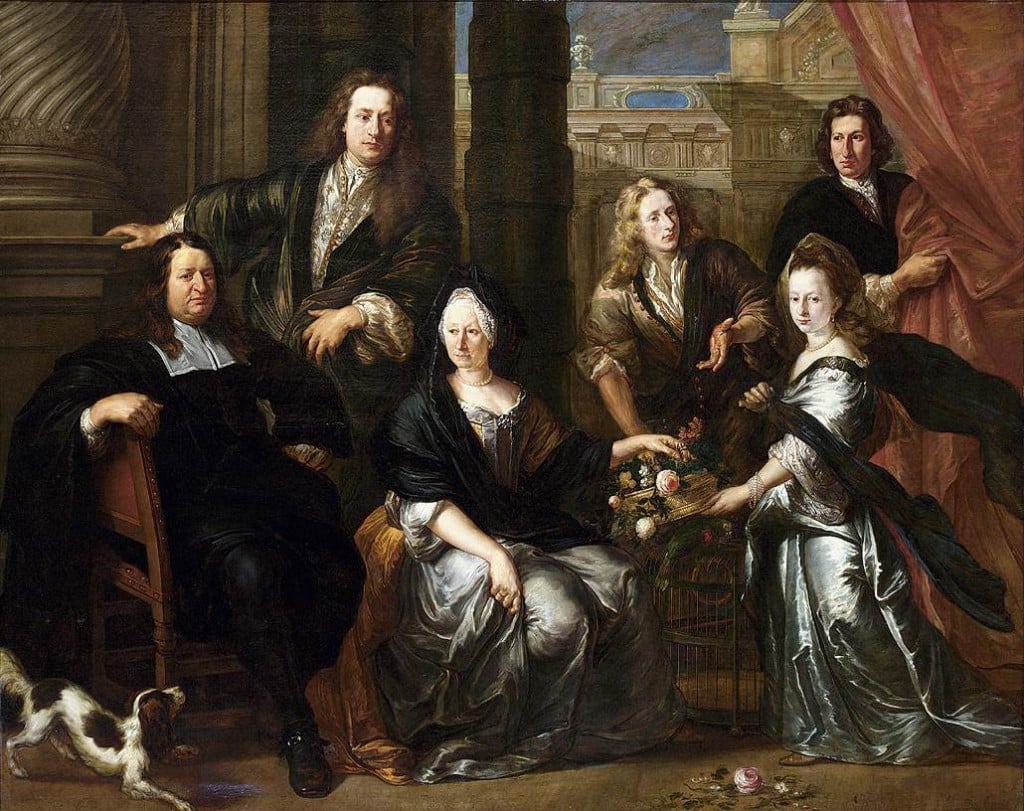
For reservations to experience “nkwiluntàmën: I long for it; I am lonesome for it (such as the sound of a drum)” by Indigenous artist Nathan Young, please go to https://nkwiluntamen.com/
Animals and Art in the 17th Century
- June 27, 2013
- Posted By: Pennsbury Manor
Every dog lover knows just how much our canine friends are part of our daily lives, and the 17th century was no different!
Animals have been included in paintings and drawings throughout history. Our research at Pennsbury involves looking at these images of the world that William Penn knew, concentrating on the years from 1670 to 1710. As we explore these images, our intern Jessica made a fun discovery. She noticed the appearance of a certain dog again and again in many different paintings!

In the past when monarchs have favored a specific type of dog, that breed would suddenly become the most fashionable pets and were kept by many aristocratic families. Look in the paintings featured here and see if you can find the same type of dog in each:

Upon further research, we’ve discovered the dog we found to be a Dutch Partridge Dog, which is a type of spaniel breed. Artists often used symbolic backgrounds, objects, and animals in art as clues to the identity and personality of the individual or idea being depicted. For example, squirrels were symbols of obedience and dogs represent faithfulness.

So next time you visit a museum or historic site, take a closer look at the paintings and see if you can spot the animals and guess what they symbolize!
By Jessica McClaire, Intern